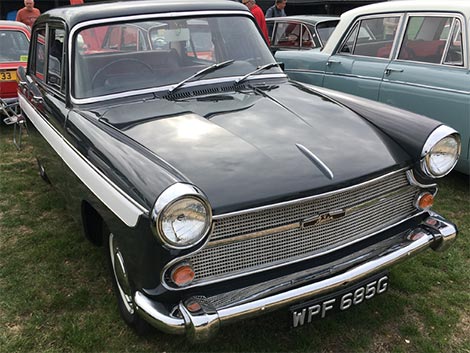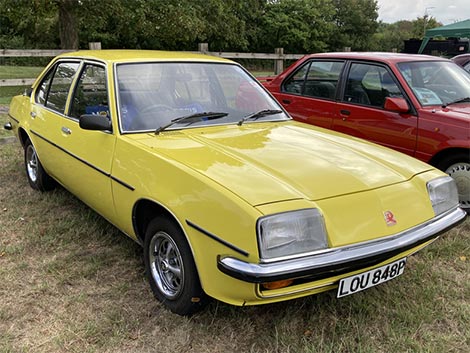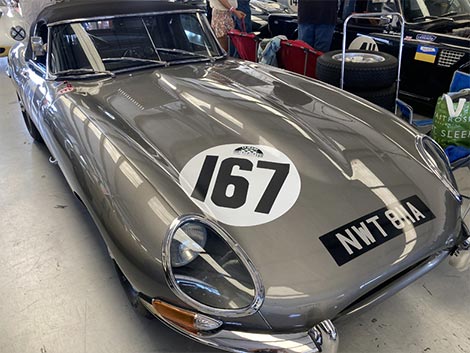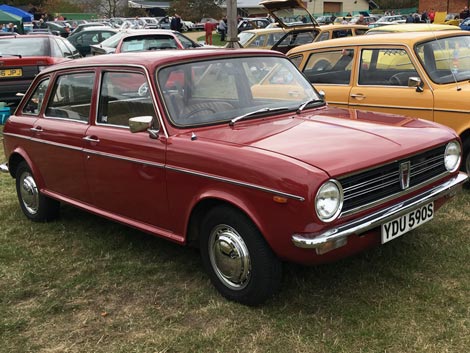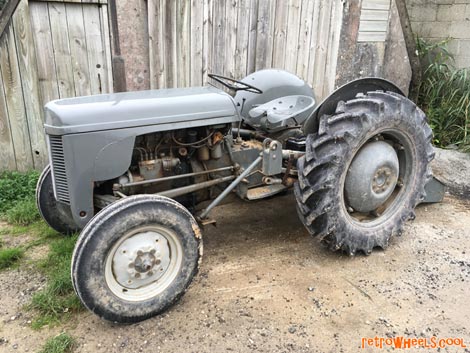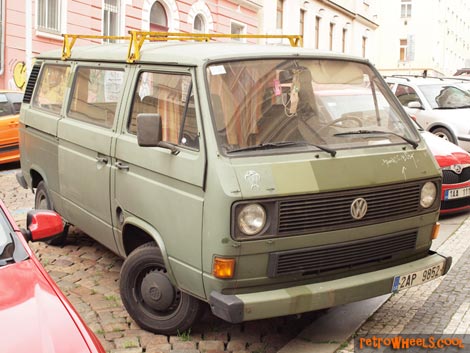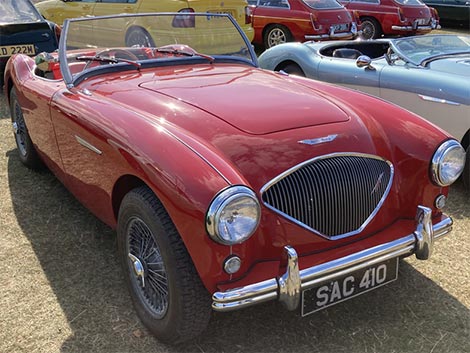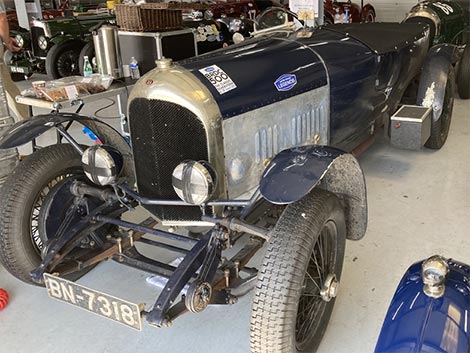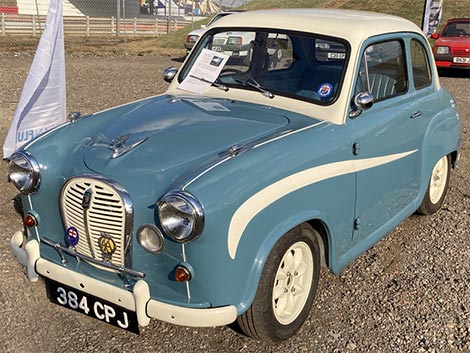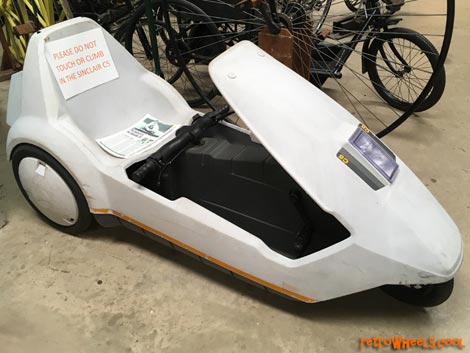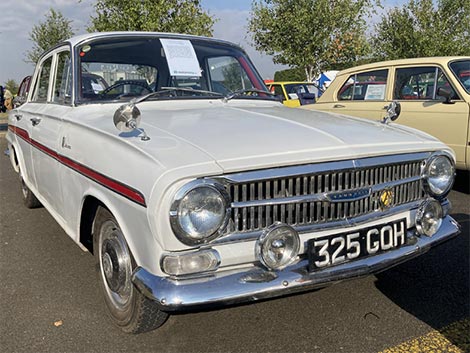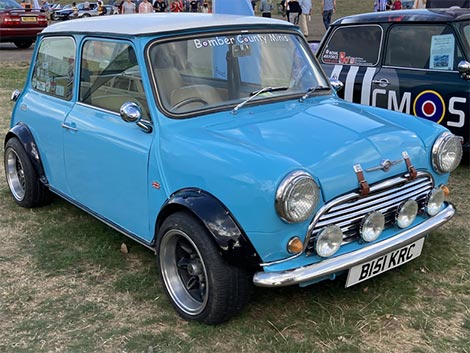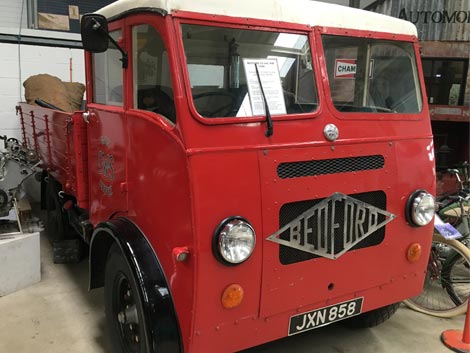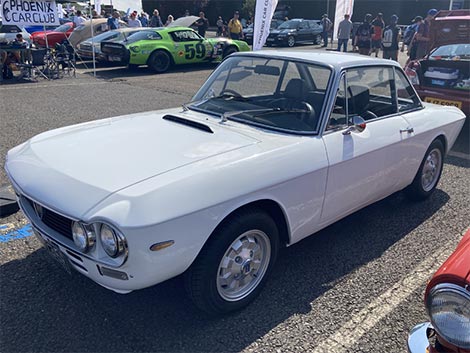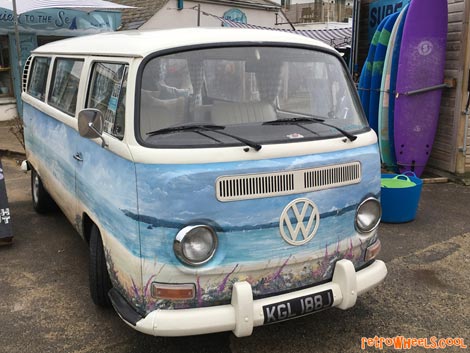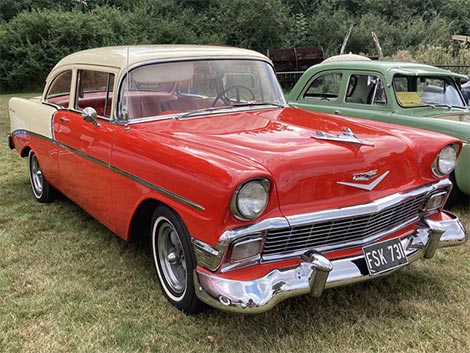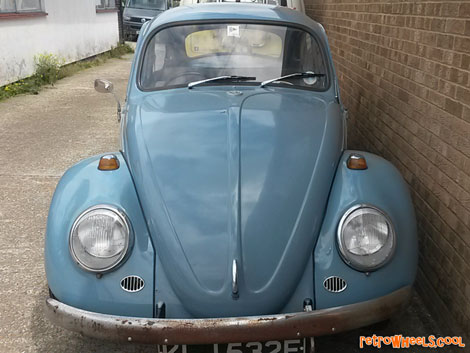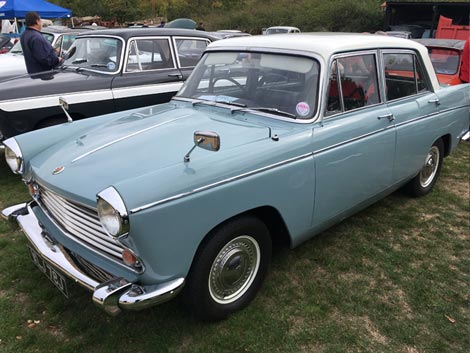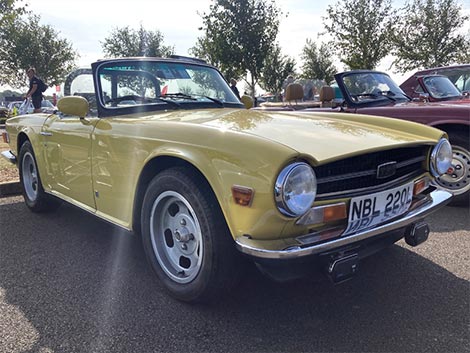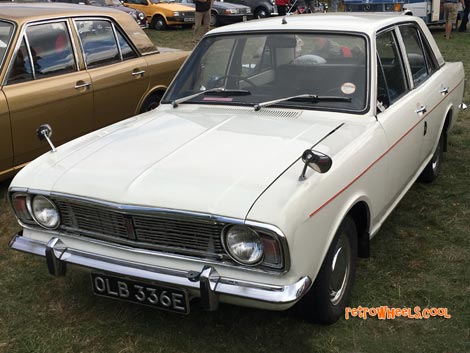

The following photosets are tagged BMC - click on the thumbnails for more images and descriptions of each vehicle
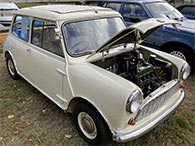
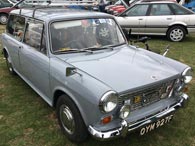
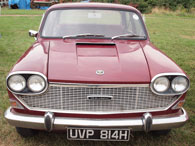
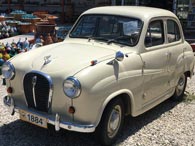
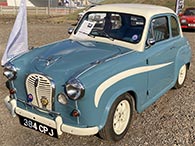
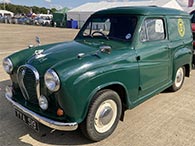
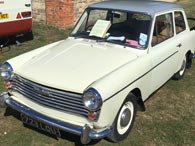
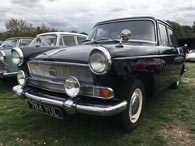
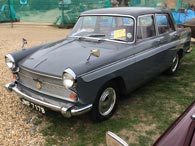
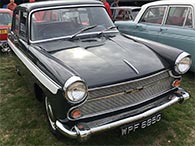
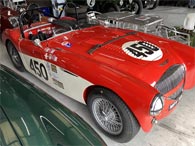
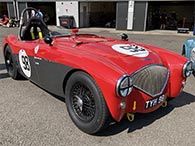
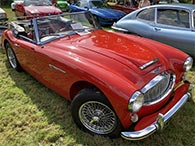
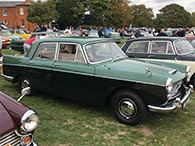
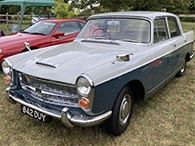
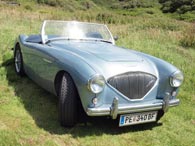
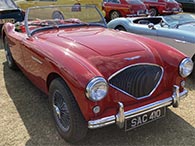
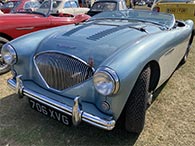
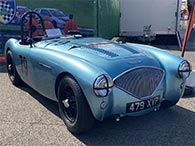
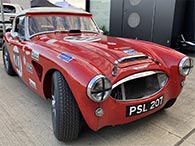
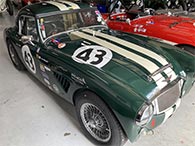
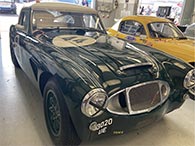
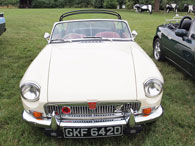
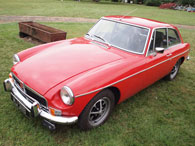
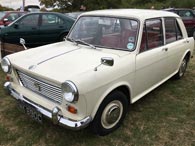
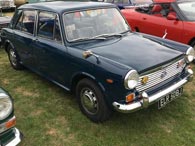
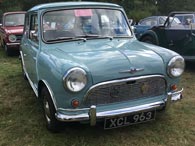
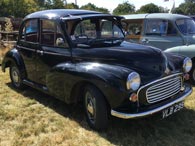
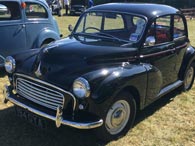
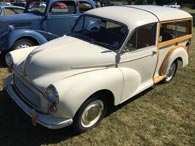
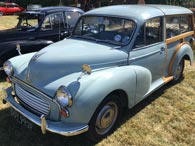
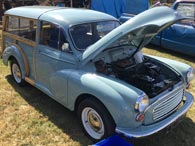
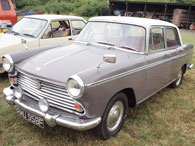
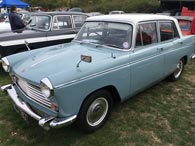
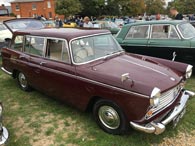
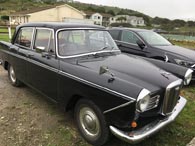
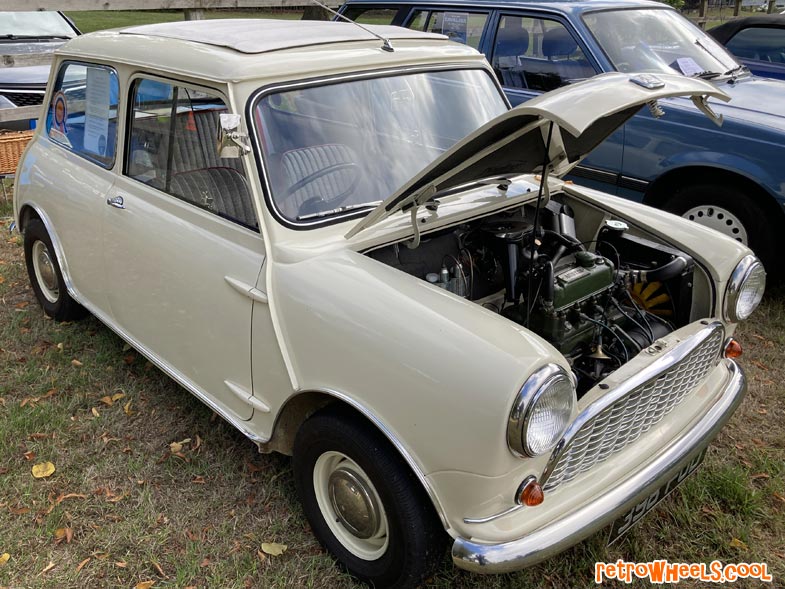

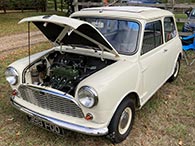
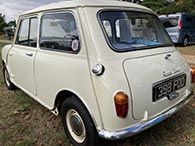
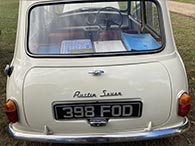
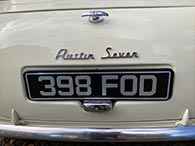
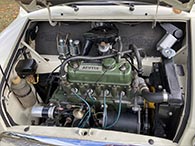
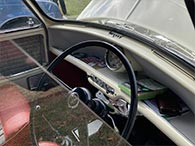



Beautifully restored 1960 Mini mk1 2-door saloon. Technically it is a 1960 Austin Seven - not to be confused with earlier cars of that name - the 'Mini' moniker was not applied to this model until January 1962, but it's a mini none-the-less. Like the Morris-Minor, designed by Alex Issigonis, and built at Austin's Longbridge plant. Engine capacity 848cc, registered October 1960. The mini is a true emblem of 1960s Britain, and this is a great example!
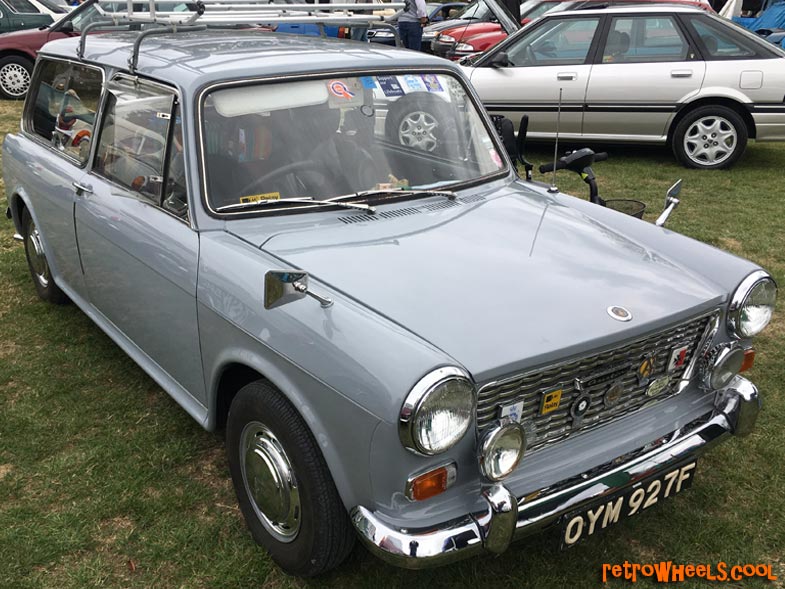

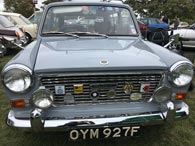
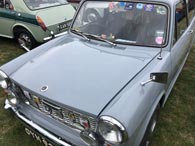
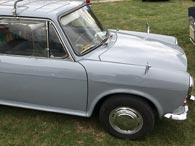
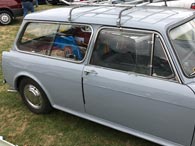
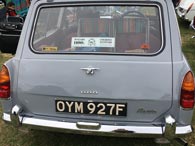



The Austin 1100, despite being effectively the same vehicle as the Morris 1100 and MG 1100, was launched 18 months later, in late 1963. Like these, and other ADO16 variants, the Austin 1100 was fitted with BMCs A-series I4 1098cc petrol engine, and variations peculiar to the Austin version were merely cosmetic. This fantastic example of a three door estate hails from 1967 (registered November), and would have been one of the very last mk1 Austin 1100s sold, with production of the mk2 commencing in May of '67.
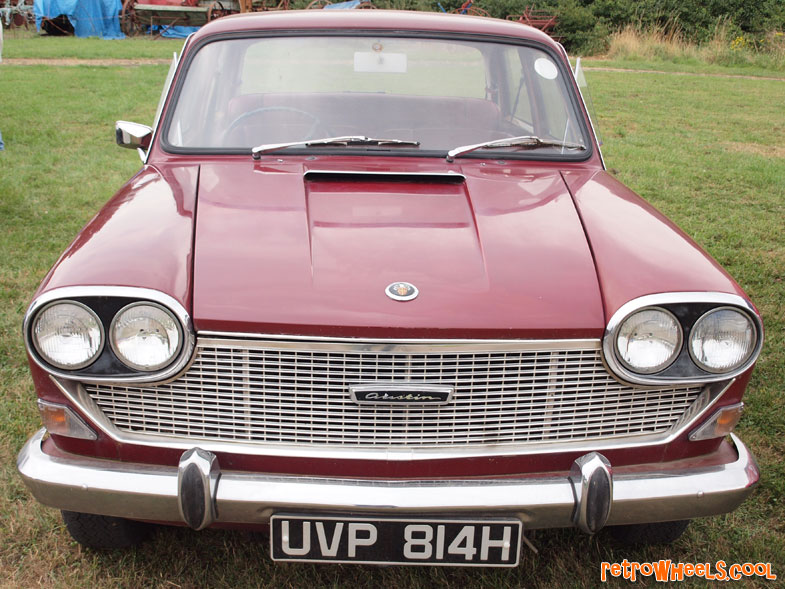

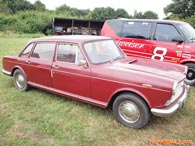
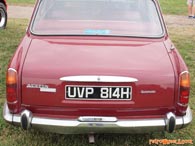
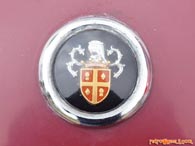
A cool old Austin 3-litre automatic, with matching red leather interior. The Austin 3-litre was the ADO61 (Amalgamated Drawing Office) line; although Morris and Wolseley equivalents were planned, they never made it to production. This vehicle is similar in looks to the Austin 1800 / Austin 2200, but was bigger, with a larger 2,912 cc engine. Production barely lasted 3 1/2 years: late 1967 - early 1971, with relatively few sold. This one was first registered in March 1970. Cool colour: Damask red had BMC colour code RD-29.
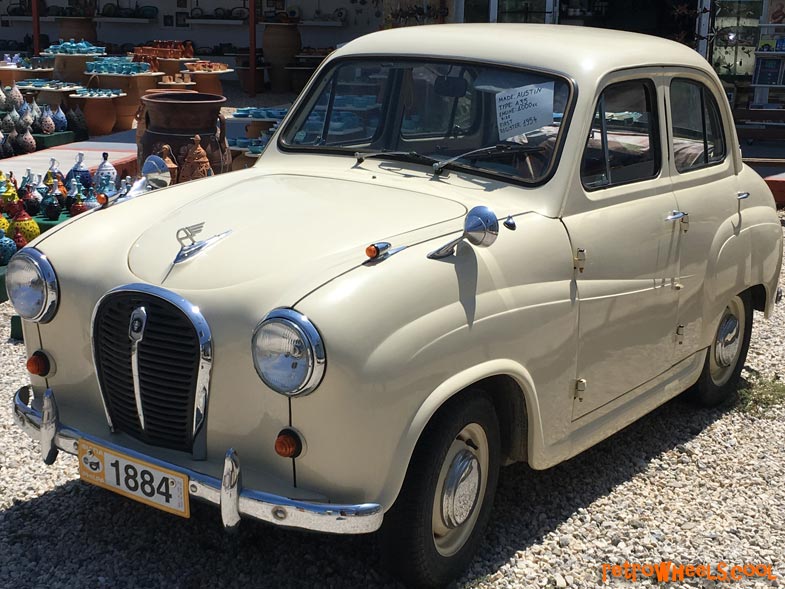

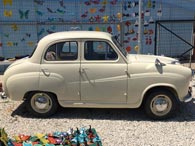
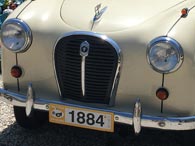
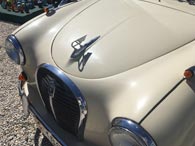
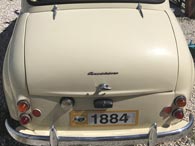
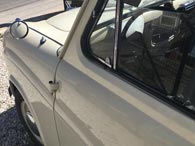
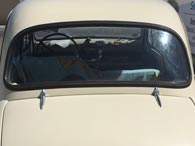



The Austin A35 was introduced in 1956 replacing the very similar A30 - the saloon available until 1959. This example is an A5S four door saloon - one of almost 29000 produced - compared to over 100000 two door A25S two door saloons. The A35 improved on the A30, in several ways, including electric front and rear indicator lighs, and a much larger back window. It had the same 948cc as fitted to a number of contemporaneous models, such as the Austin-Healey Sprite and the Morris Minor 1000. This nice left hand drive example resides on the island of Crete.
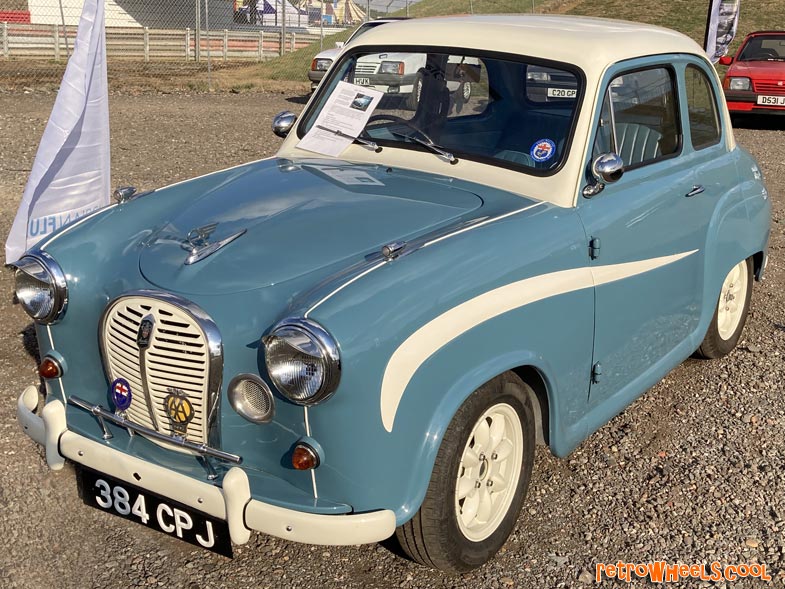

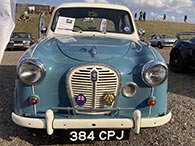
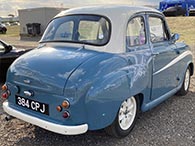
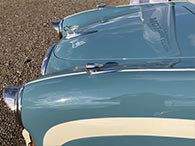
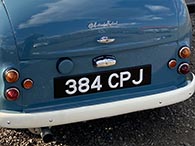



A very nicely restored example of a 1957 Austin A35 2-door saloon. The A35 was visually very similar to the Austin A30, however with a more powerful 34hp 948cc A-Series inline-four engine. This one was registered in April 1957, and recently restored to the lovely condition it is in now. Very nice little car!
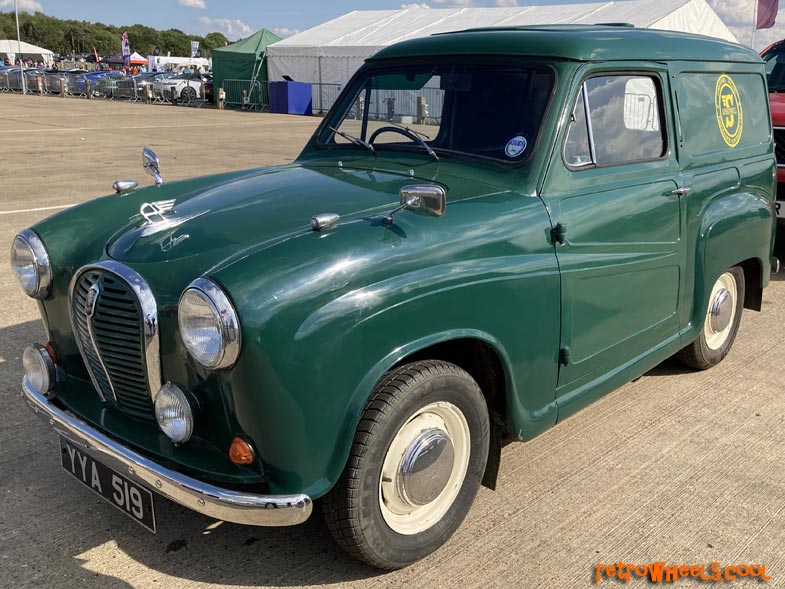

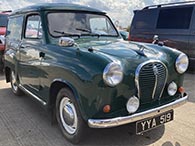

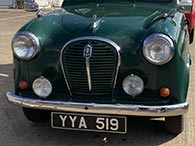
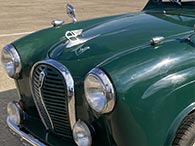
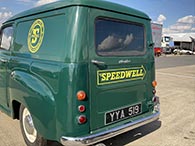



1957 Austin A35 2-door delivery van. 948cc. This one, with Speedwell logos, was registered in June 1957, so a pretty early example. The A35 replaced the Austin A30 from 1956 and remained in production as late as 1968.
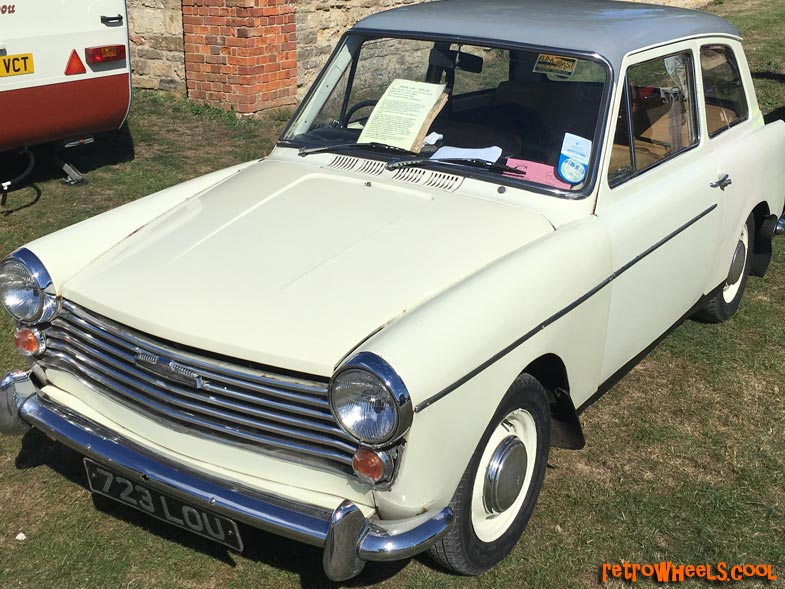

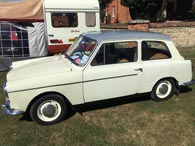
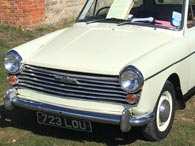
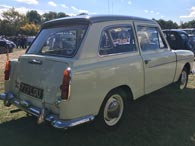
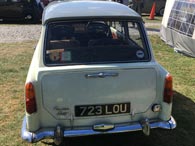
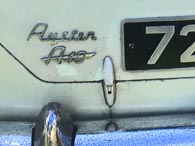



The Austin A40 launched in 1947, with several different models coming to market over the following years. But, perhaps one of the best known variants was the A40 Farina debuting in 1958. As is stated by the name, this, A40 was the result of a remodelling by Italian designer Battista Farina. It remained in production until 1967, with a few variations. The mk2 (1961) had a slightly longer wheelbase, but was also given a larger engine in 1962. It was the same 1098cc A-series I4 fitted to the (contemporaneous) Morris Minor and Austin/Morris 1100 series (ADO16). This mk2 A40 Farina was registered in June 1964.
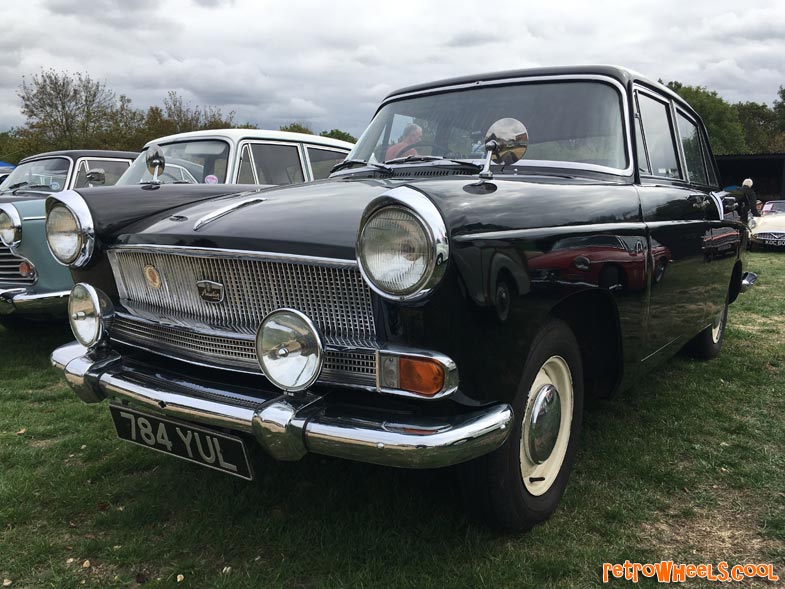

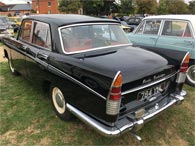
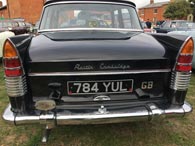
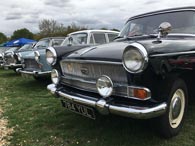
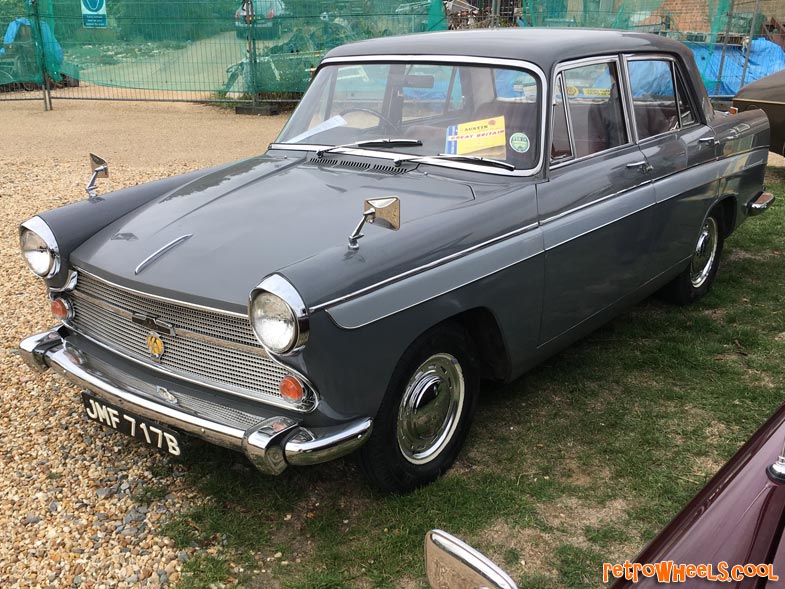

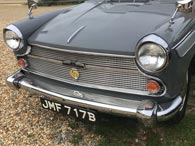
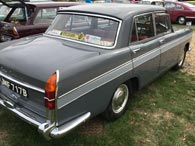
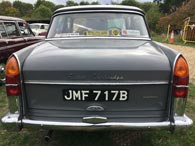
A true Classic Car of the 1960s. The final version of the Austin Cambridge was in production from October 1961, right through to 1969. Like the other Austin Cambridge variants, it had an equivalent BMC sibling model in the Morris Oxford - though this remained in production slightly longer through to early 1971. The Austin Cambridge was replaced by a 1970s classic, the Austin Maxi. Although a diesel version was available, this is the 1622cc petrol model.
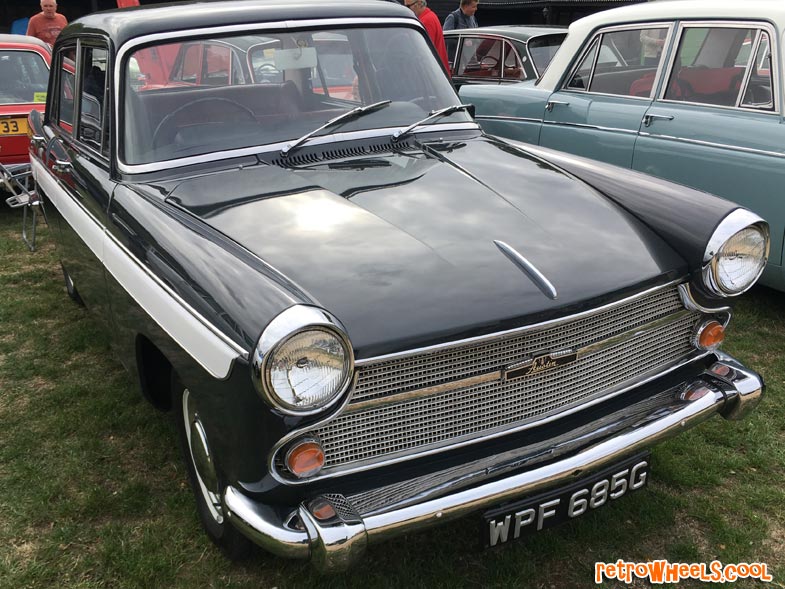

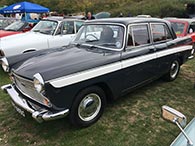
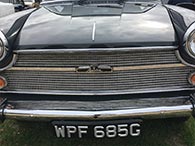
1968 Austin Cambridge. The last generation of the Austin Cambridge, the A60 was built circa 1961-1969. This one, registered in December 1968 would have been one of the last, before the model was replaced by the Austin Maxi. Cool car! 1622 cc petrol engine.
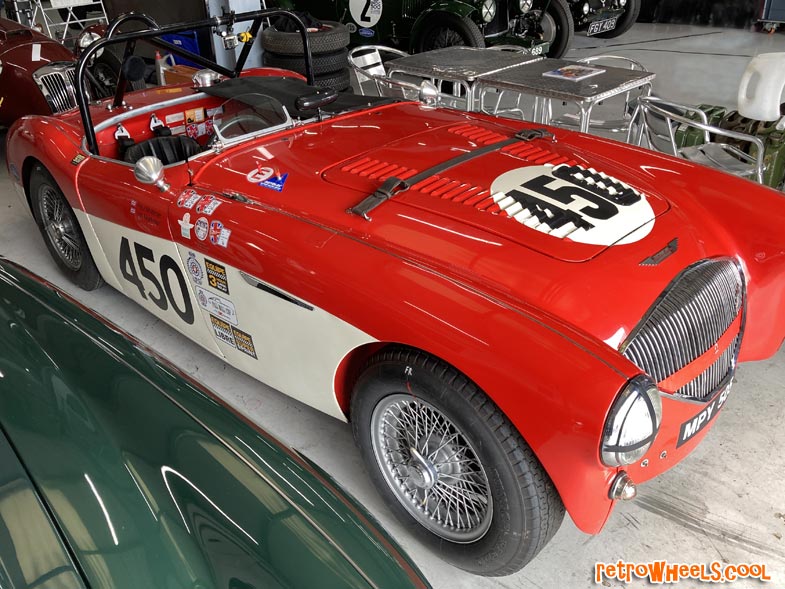

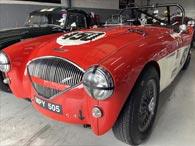
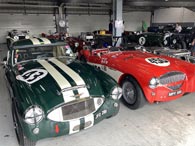
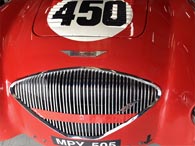
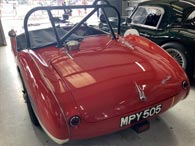
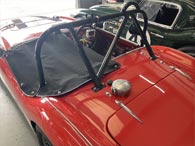
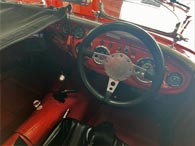
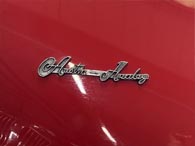



Austin Healey 100 (2660cc) registered June 1955. Number 450. Ready to race at the Silverstone Classic 2022. Shown here besides this tasty 1960 Austin-Healy 3000 (#43).
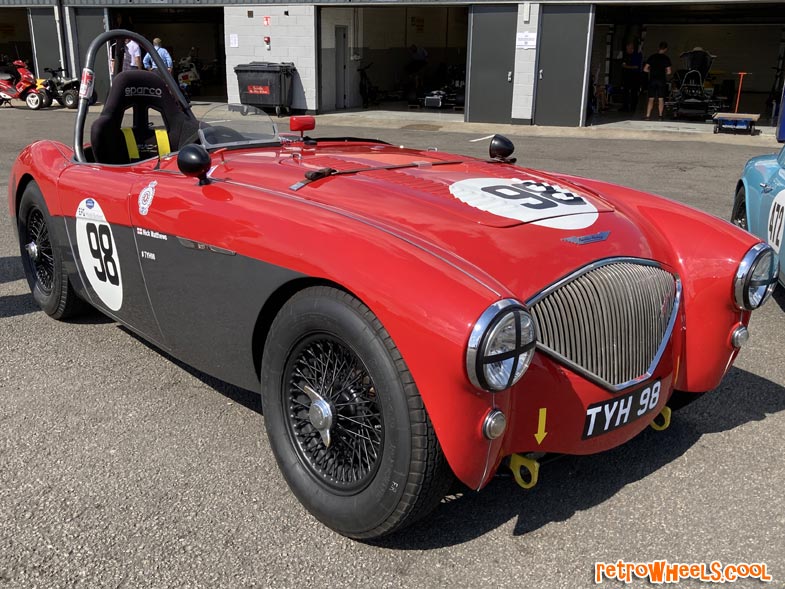

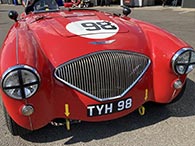
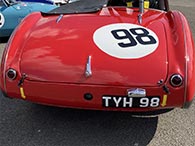
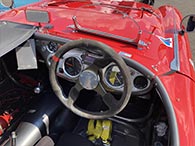
1957 Austin Healey 100 (2600cc). Registered May 1957. Another fantastic race-ready Austin-Healey 100/4 at the 2022 Silverstone Classic event. The number of these old "Big Healeys" at the event is a true testament to their racing performance.
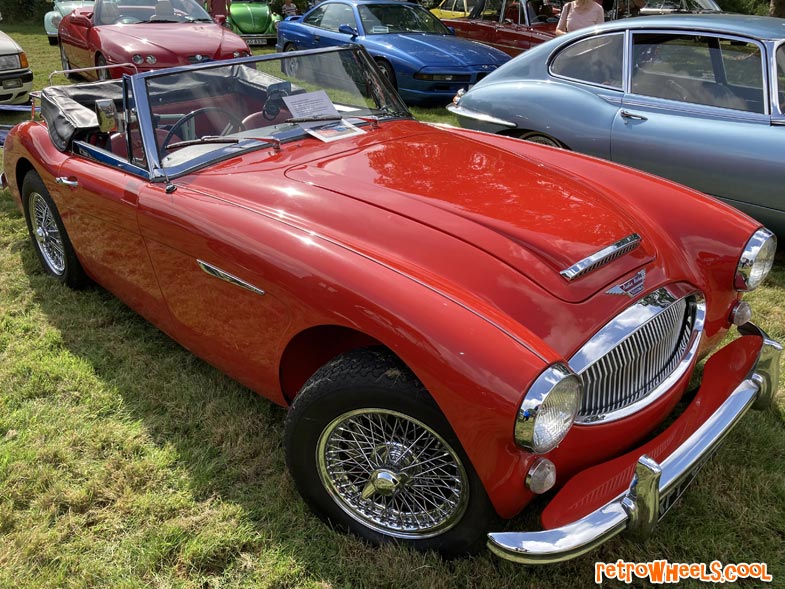

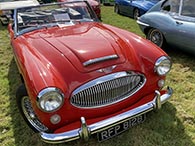
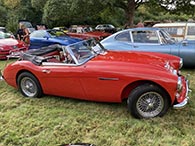
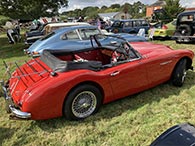
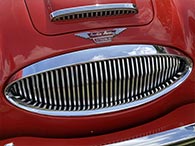
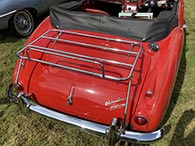
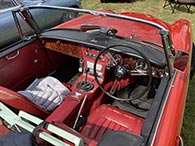



This beautiful Austin-Healey 3000 BJ8 was originally built as a left-hand-drive model and exported to the USA. But it's been back in the UK for a while now, converted to right-hand-drive and restored in its original Colorado red. 2912cc. Fantastic car!
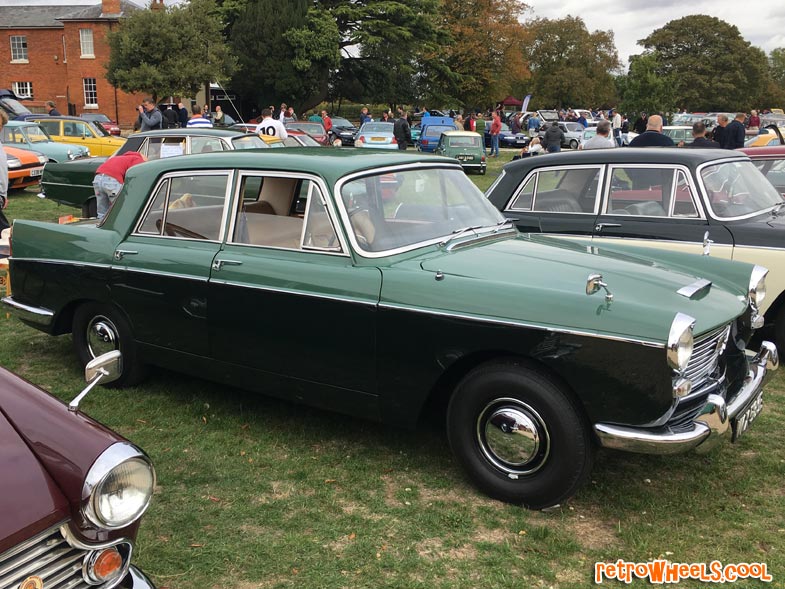

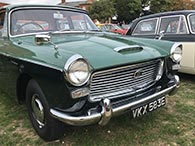
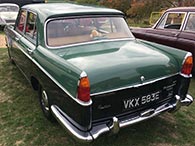
1967 Austin Westminster mk2 in duotone Fern Green / Sutherland Green finish. The final Austin Westminster variant was the ADO53 (BMC design code) A110 Westminster mk2. A110 production ran 1961-1968, with the mk2 introduced in 1964. The vast majority of Austin Westminster production was at Longbridge, Birmingham, but this moved to Cowley for the last couple years (from 1966). So this '67 Westminster has Oxfordshire origins. This is a great looking car! 2112cc. Registered May 1967.
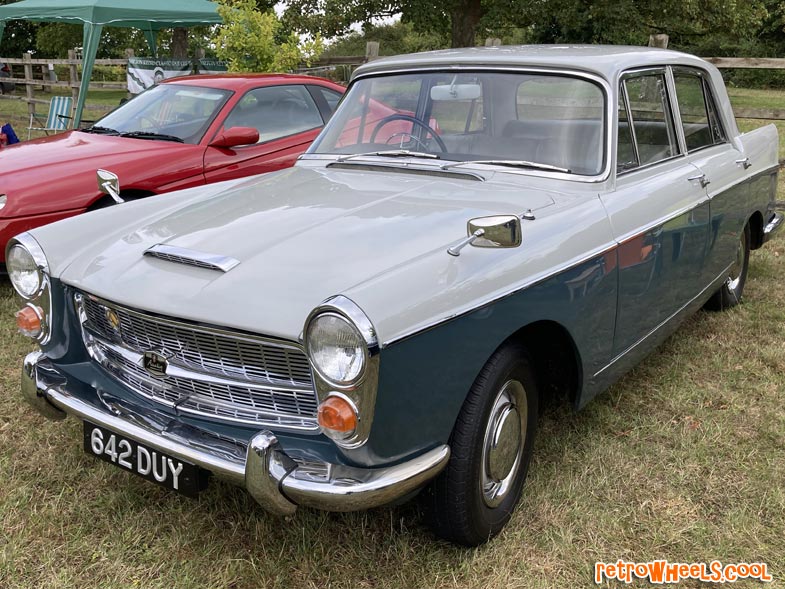

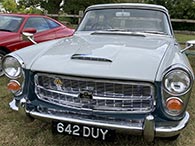
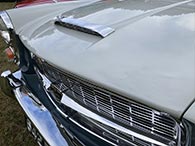
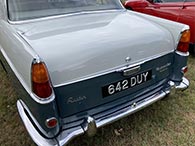
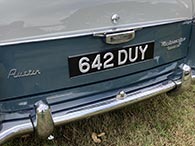



Austin Westminster production ran from 1954 until 1968, at which point it was replaced by the Austin 3 litre. Over this time, there were various distinct Westminsters: the A90, A95, A105, A110, and as shown here the Pininfarina-styled A99. None of the Westminster variants had particularly long production runs; the A99 was only built (at Longbridge, Birmingham) between 1959 and 1961, with 13,410 (or 15,162, depending on the source) examples completed. The A99 was replaced by the A110 in 1961. BMC assigned the A99 model code ADO10, alongside the effectively identical Wolseley 6/99 (although this was produced at Cowley, Oxford, and had somewhat upgraded trim). 2.9l (2912cc) C-Series I6 engine. This example was registered April 1961.


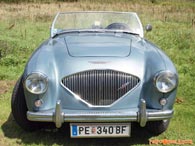
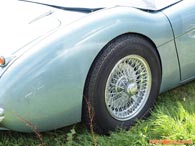
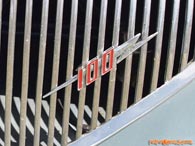
Wow what a car! I parked up next to this in Cornwall, UK this summer - the Austrian registered vehicle perhaps touring the UK? And touring in style! The Austin-Healey 100 was only produced between 1953 and 1956, and this one is in stunning condition. The model gets it's name from it's ability to reach 100mph. Quite a feat in the 1950s!
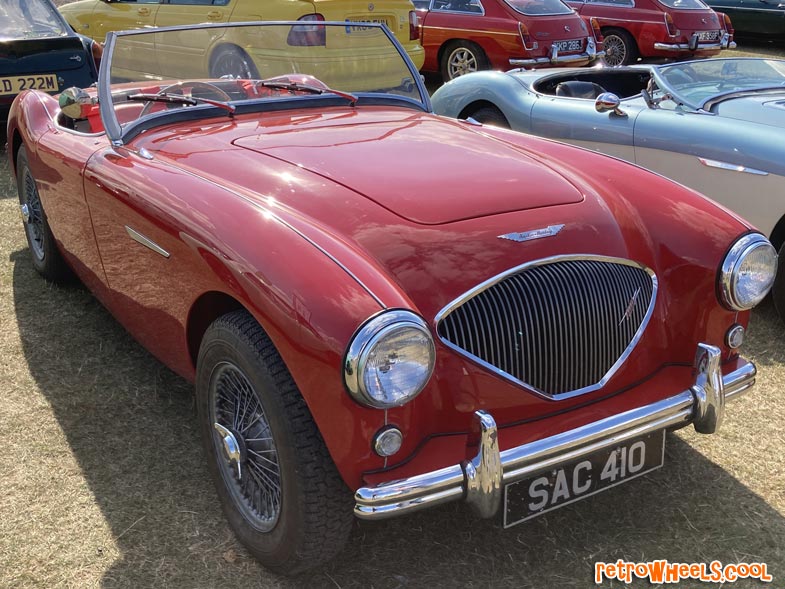

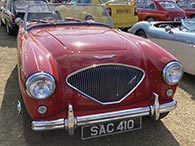
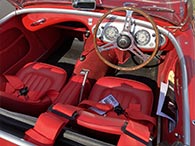
1955 Austin-Healey 100. 2660 cc. Registered May 1955. Austin-Healey 100 bodies were made by Jensen Motors in West Bromwich, then completed at Austin's Longbridge factory (Birmingham). 14,634 Austin-Healey 100s were produced between 1953 and 1956. Fantastic cars!
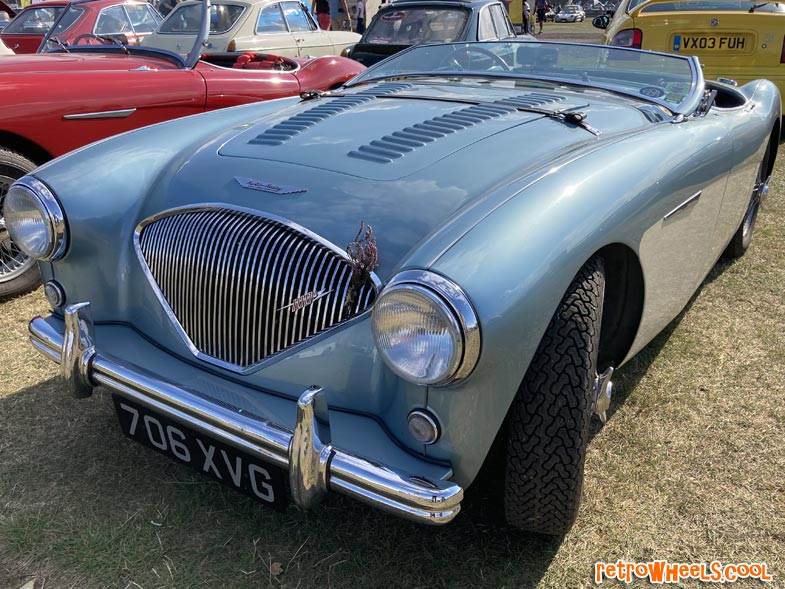

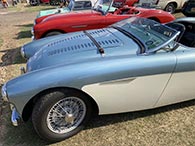

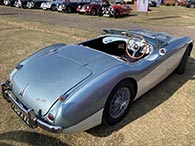
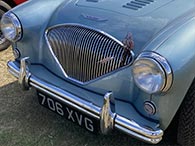
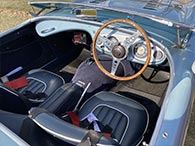
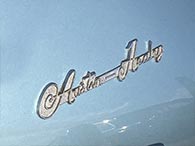



1955 Austin-Healey 100 (2660 cc). The Austin-Healey 100 was produced between 1953 and 1956 - at which point it was superseded by the Austin-Healey 100-6. This led to the original 4-cylinder Austin-Healeys sometimes being referred to as the 100-4 (or 100/4). Actually, these early 100s can be split into two phases: BN1 (1953-55) and BN2 (1955-56). These were visually rather similar, but the BN2 was the first to offer (optionally) the two-tone paint job as seen here.
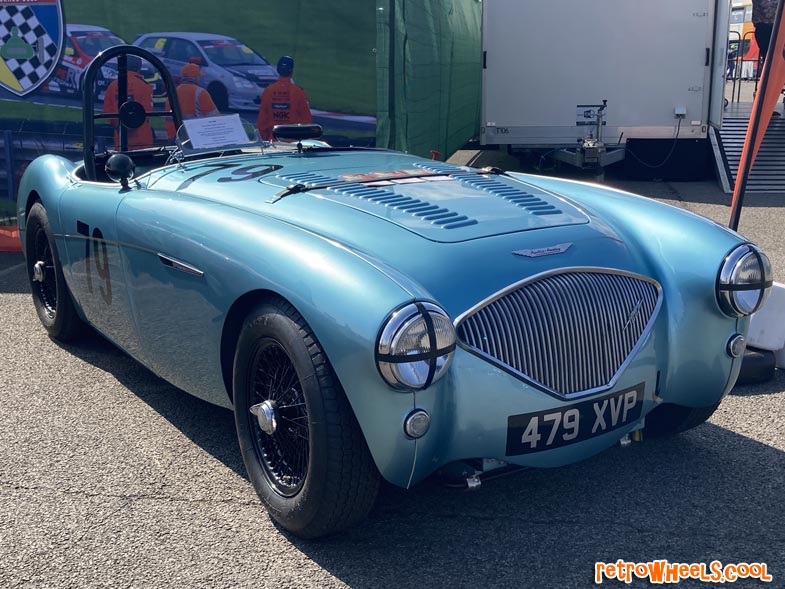

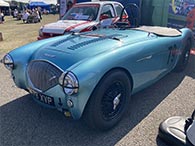
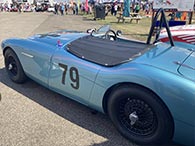
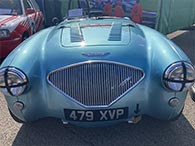
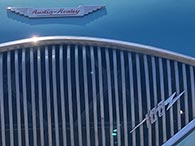
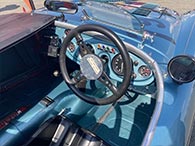



Race-ready 1956 Austin-Healey 100 BN2 (2660 cc). Registered January 1956. #79. Photographed at Silverstone Classics 2022.
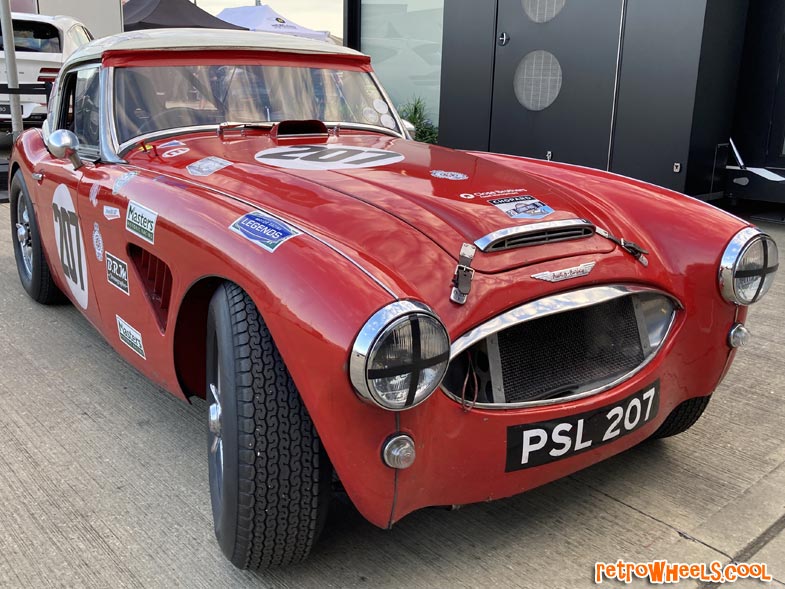

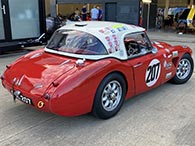
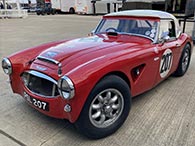
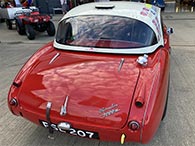
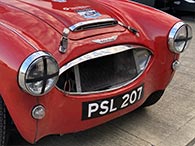
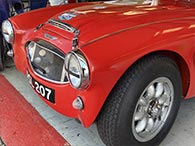



1960 Austin Healey 3000 mk1 BN7 with hardtop fitted. 2912cc. Cool car! Austin-Healey 3000 bodywork was built by Jensen, with final assembly at BMC's Abingdon plant (Oxfordshire), alongside various MG models. This race-ready example was photographed at the Silverstone Classics event in 2022.
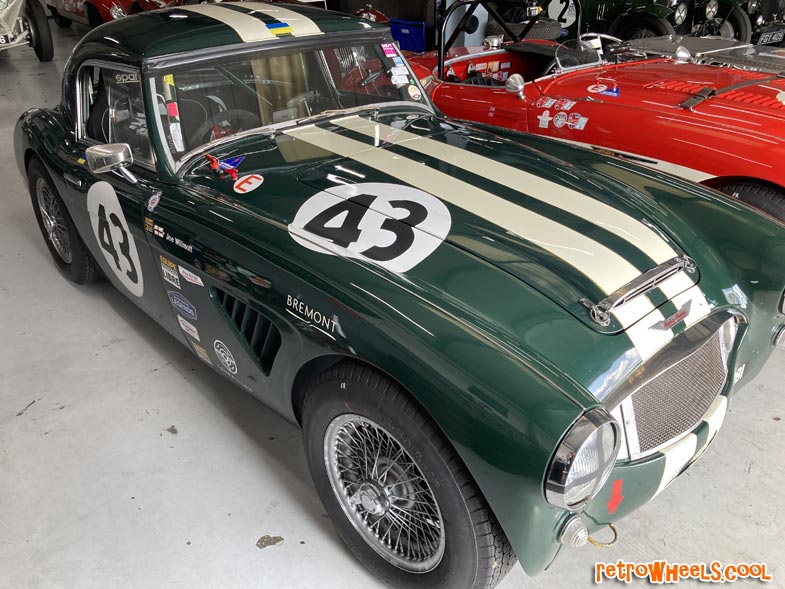

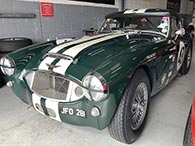
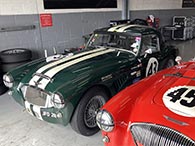
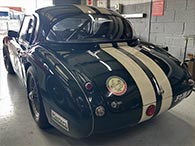
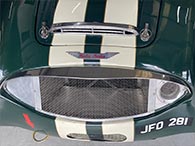



1960 Austin-Healey 3000 (2912 cc), race-ready at Silverstone Classics event 2022. The Austin-Healey 3000 had a comparatively long production run spanning 1959-1967: this early example is a BN7 Mark1; built in November 1959, registered in 1960. Looking fab with its hardtop fitted. Absolutely lovely car! Shown here besides this 1955 Austin-Healey 100 with race number 450.
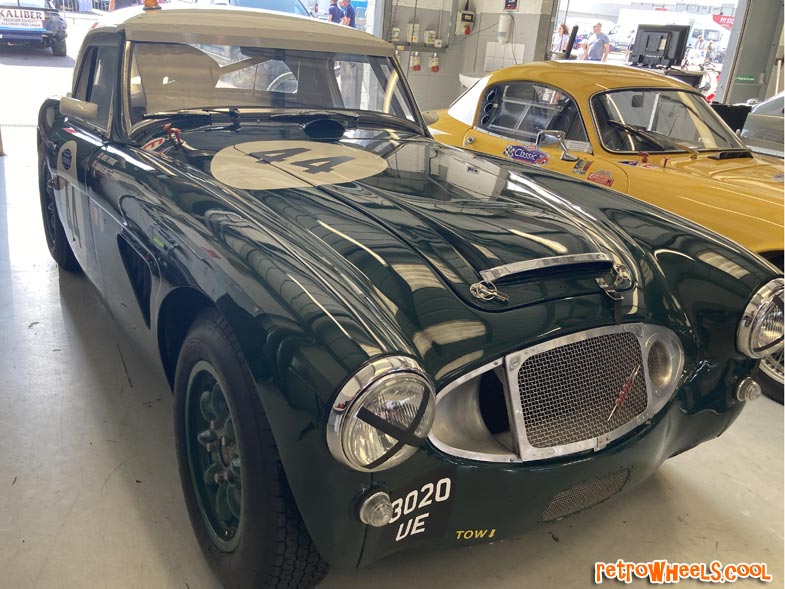

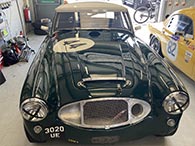
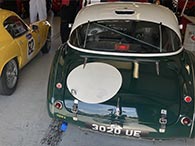
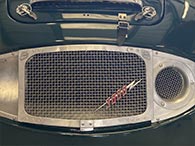
1960 Austin-Healey 3000 MkII (2912 cc) Another race-ready 'Big Healey' at the 2022 Silverstone Classic. Registered in August 1960.
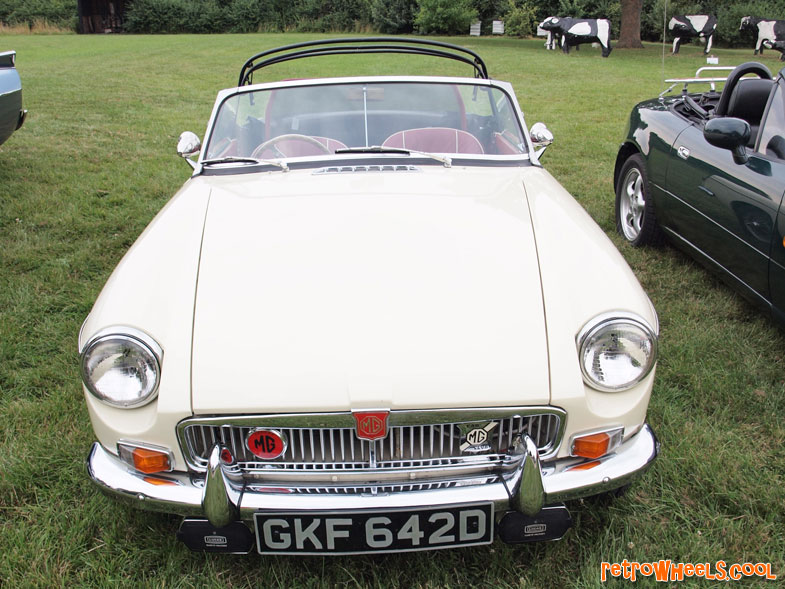

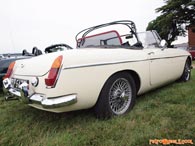
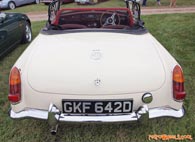
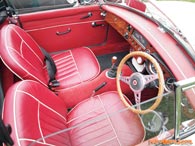
Beautiful white convertible MGB with luscious red leather interior. Just love that front grill with cool old MG badges. Attending a UK car meet, in 2016
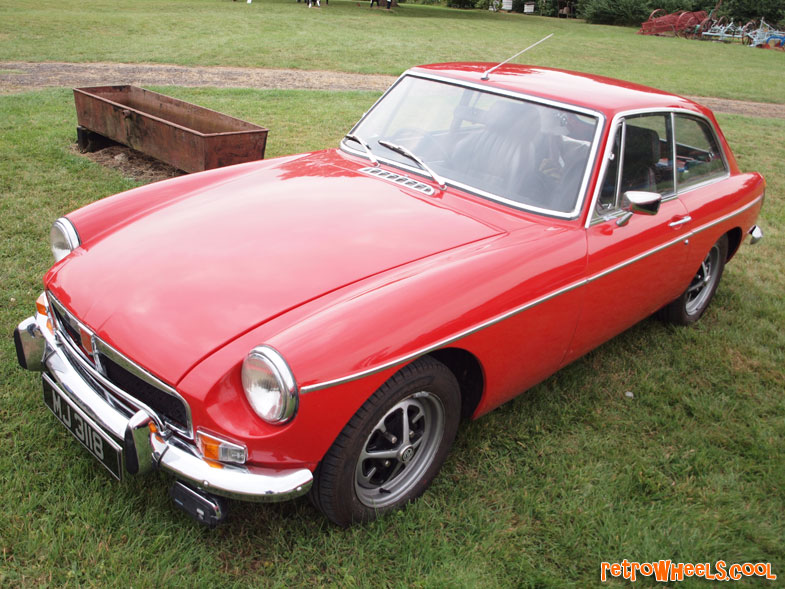

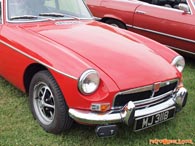
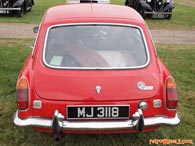
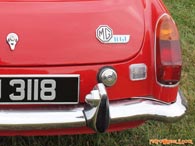
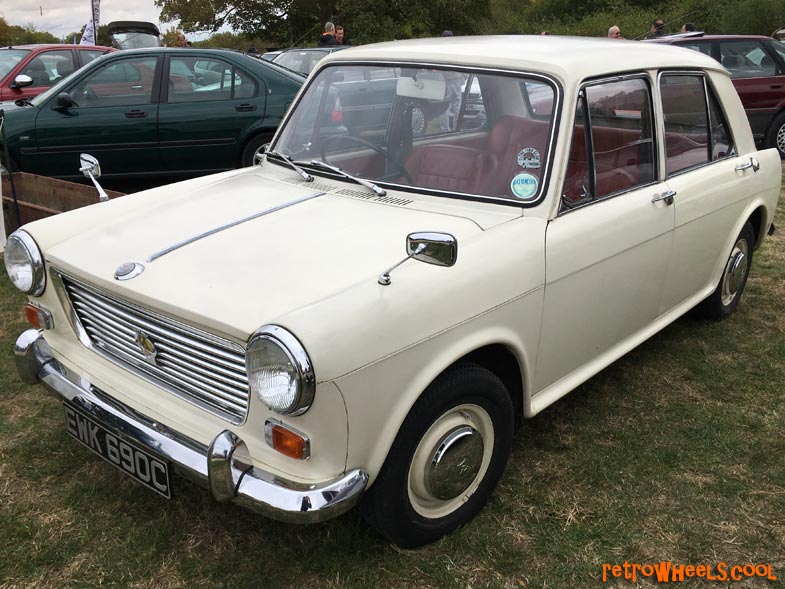

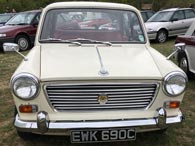
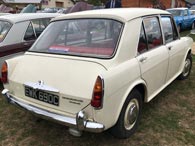
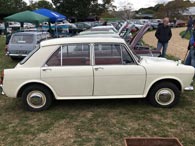
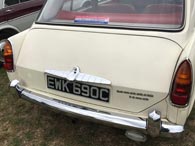
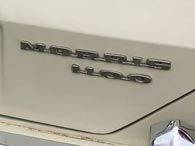



The ADO16 was a range of similar cars designed by Alec Issigonis (who also came up with the mini) and produced by BMC (British Motor Corporation). It was sold under various brands including Austin, Wolseley, Riley and of course Morris. The Morris 1100 was actually the first ADO16 available, launched in 1962. Like other Morris vehicles, they were manufactured in the Cowley plant, Oxfordshire, UK. This lovely example of a mk1 Morris 1100 was built in early 1965 and registered in May of that year.
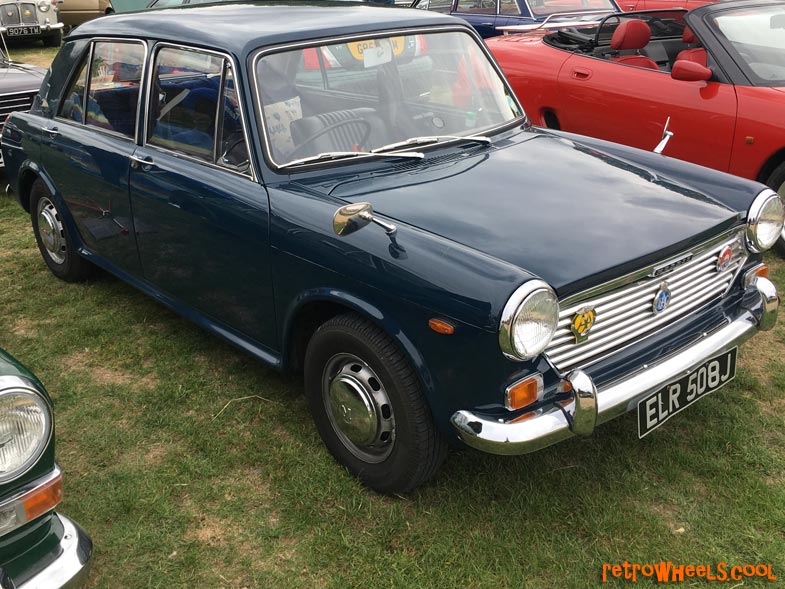

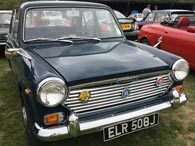
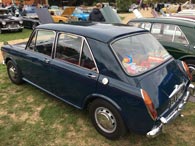
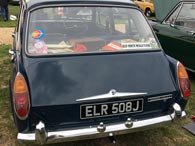
Morris 1100 mk2 from 1970. Registered in December 1970
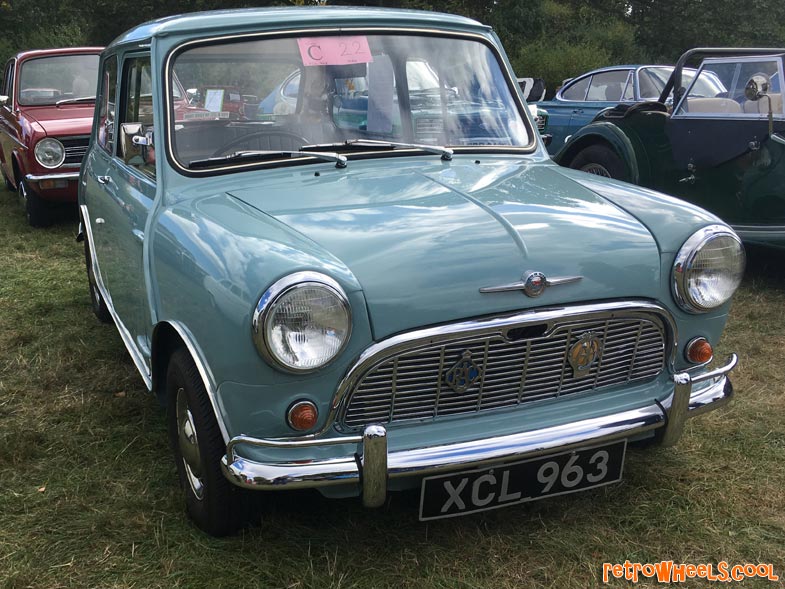

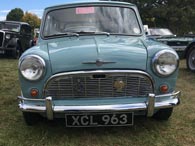
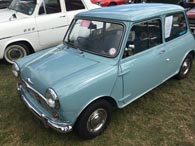
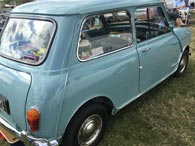
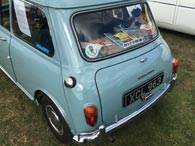



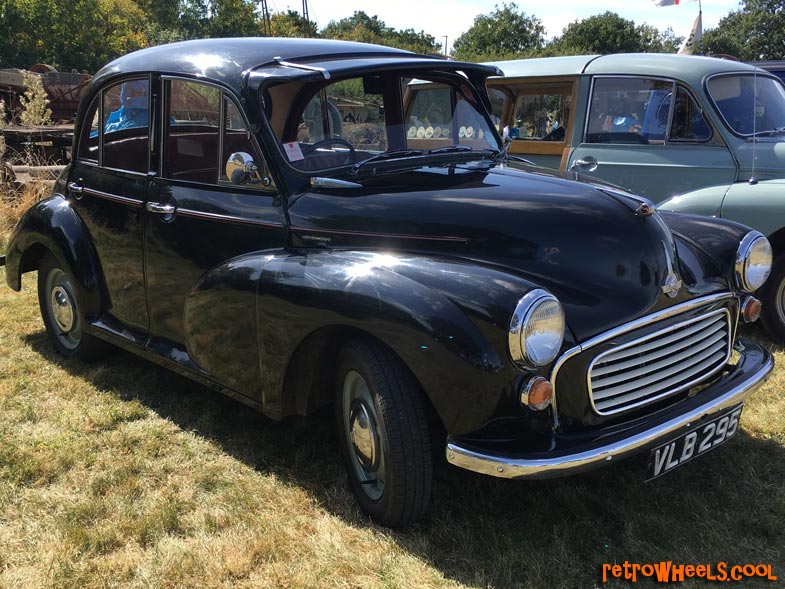

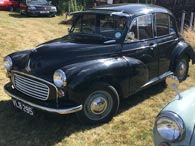
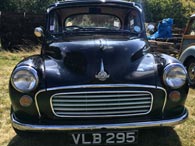
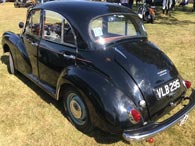
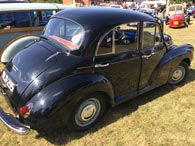



The Morris Minor was launched in 1948, redesigned in 1952 (when Morris merged with Austin to form BMC) and again, as series III Morris Minor 1000 in 1956. This example was registered in May 1958 and is a good example of a series III Minor, with its 948cc petrol engine, which had a top speed of 75mph, reaching 0-60 in 31.3 seconds. The characteristic central 'stripe' down the centre of the Morris Minor's bonnet results from an overly narrow prototype. By the time this was noted, tooling production had begun, and replicated the error! It was only fixed by adding in the extra 4" strip beneath the Morris hood ornaments. 1950s Morris Minors were fitted with trafficators - the turning indicators that preceded flashing indicators. These are located (on this vehicle) between the front and rear windows.
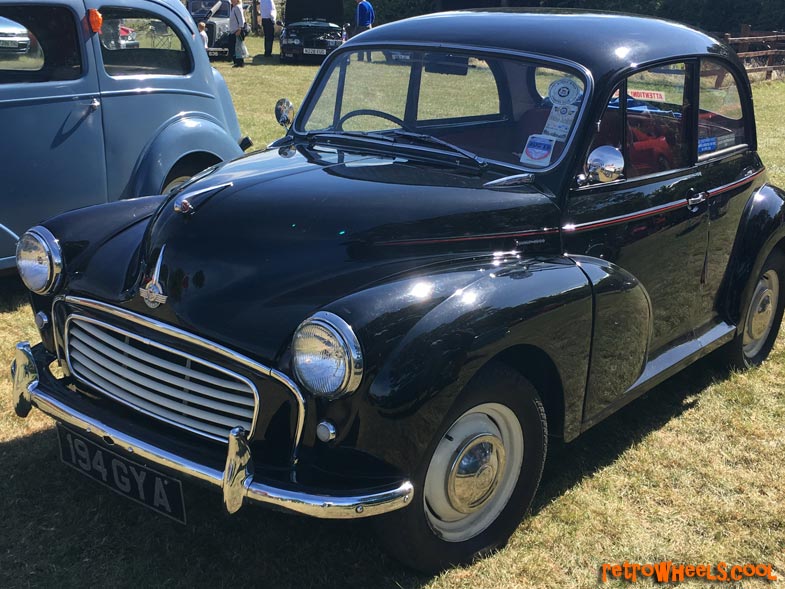

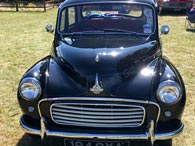
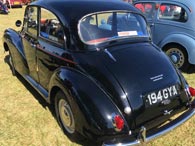
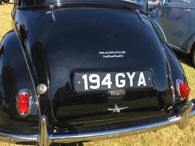
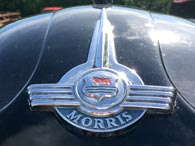
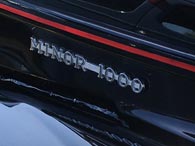
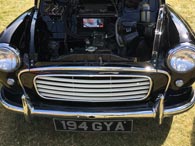
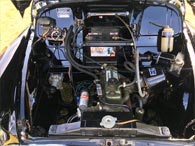



This is a beautiful example of a 1960 two-door saloon Morris Minor 1000 - so named because of it's 948cc petrol engine (as fitted to the A35, and pre-1962 A40). The Morris Minor was perhaps the epitome of British car design - at least in the days before the Mini; though both cars were designed by the same man - Alec Issigonis. This one was registered in January 1960, and is fitted with old-style trafficator 'flag' indicators. These would be replaced by regular flashing indicators in 1961.
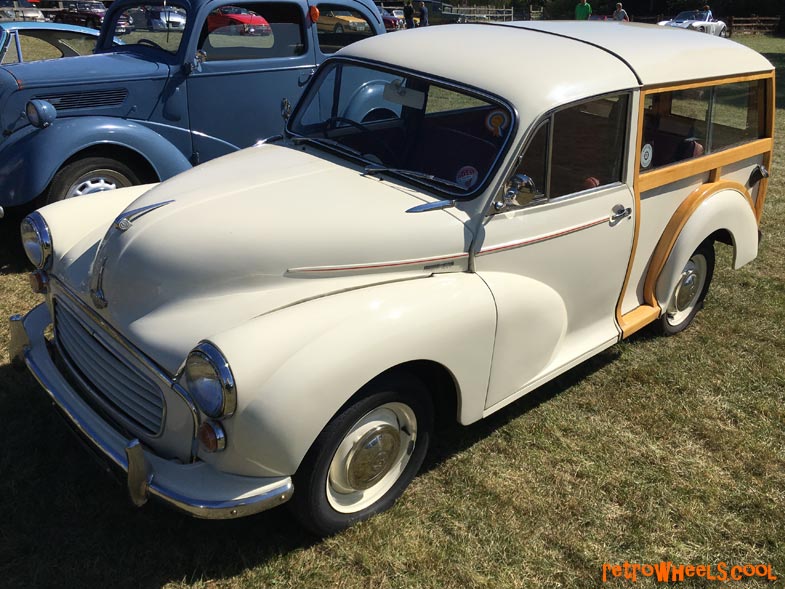

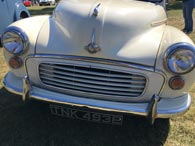
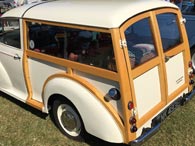
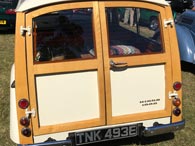
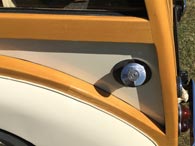
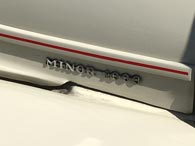
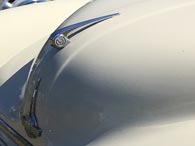



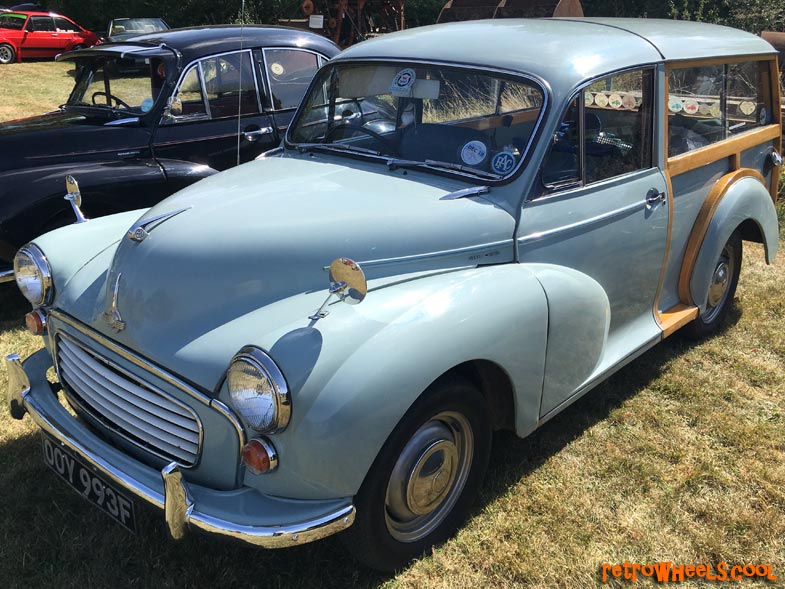

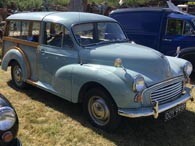
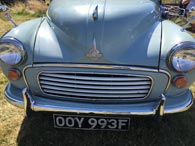
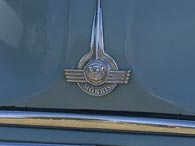
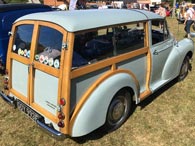




The wood (ash) framed estate version of the Morris Minor 1000 appeared in 1953, with an upgrade (including a larger engine size) in 1962. This example, first registered in September 1967, features the same larger (1098cc) engine as the Morris 1100 (and other ADO16 variants). Production took place over three BMC plants: Cowley (chassis), Coventry (bodywork) and Abingdon (final assembly).
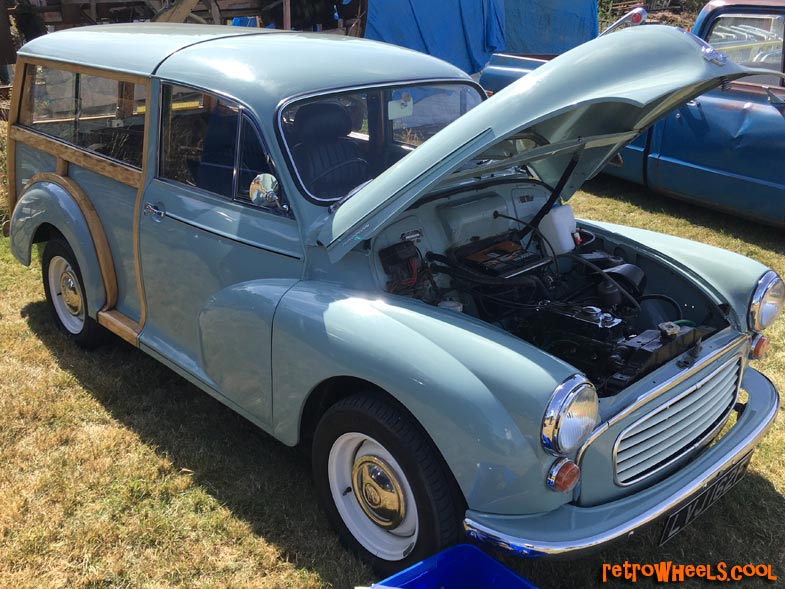

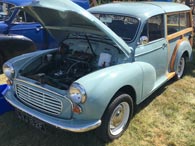
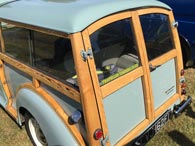
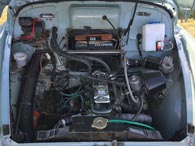
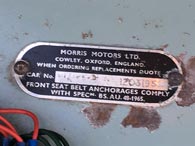



The Morris Minor had been available since 1948, with this version (the series V Minor 1000 Traveller) available since 1962. This particular vehicle was registered in February 1968 - quite a late example, and one of the last assembled at Abingdon (from a Cowley chassis and a Coventry body); in 1969, production of the Traveller moved to the Wolseley factory in Adderley Park, Birmingham.
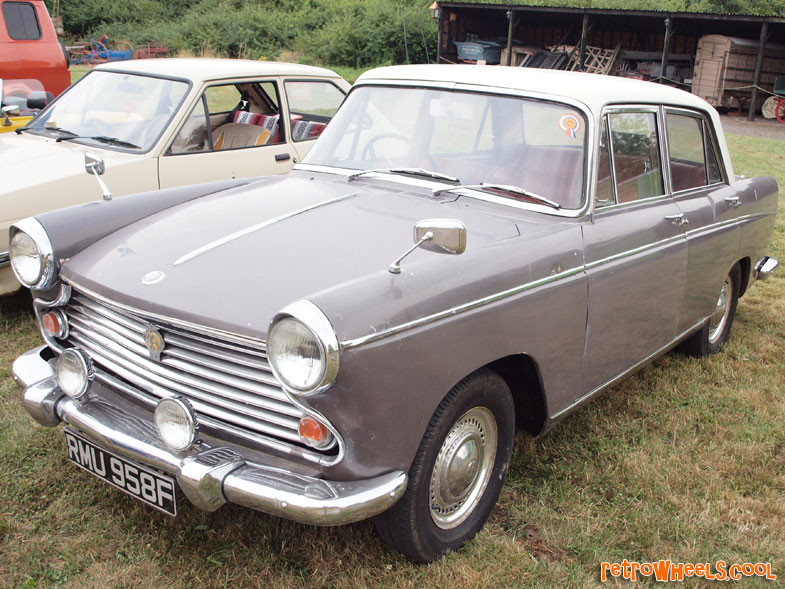

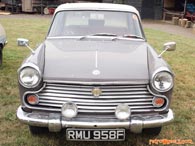
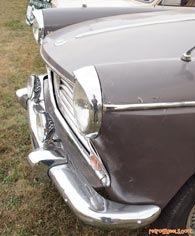
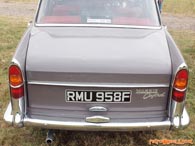
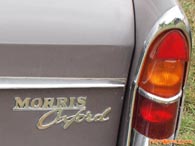



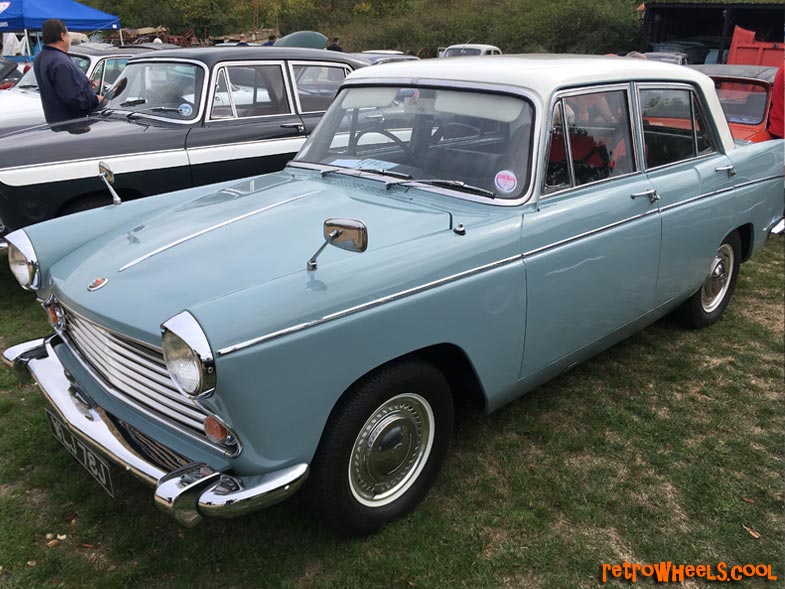

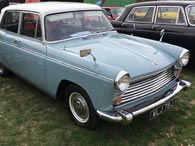
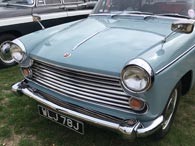
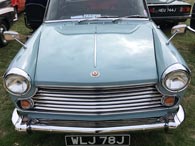
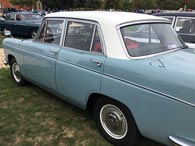
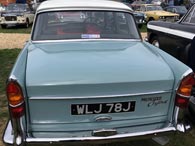
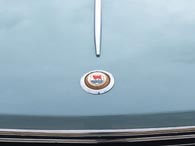



The Morris Oxford had a long production run, starting in 1948, and spanning six series. This lovely four door saloon was registered in July 1971, right at the end of series VI production. This will be one of the last Morris Oxfords produced. Blue with white roof. 1622cc petrol engine.
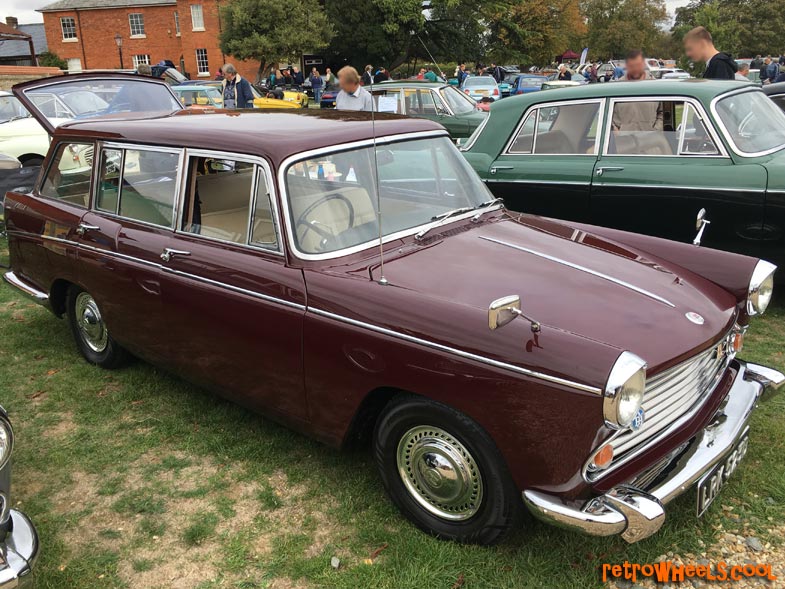

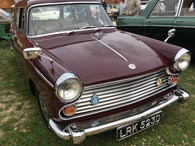
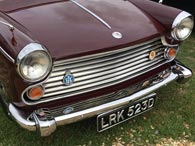
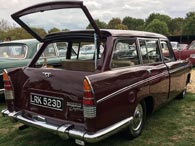
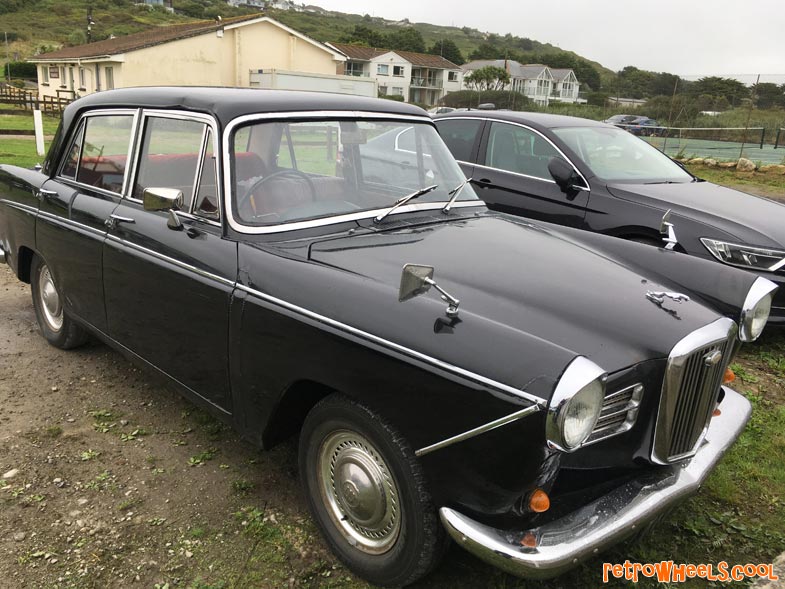

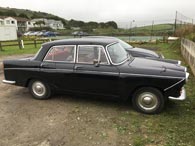
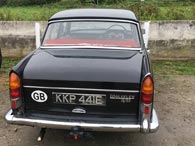
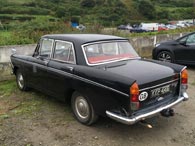
Late sixties Wolseley in beautiful condition - sleek in black! The Wolseley 16/60 replaced the 15/60 in 1961, before being replaced, itself, in 1971 by the Wolseley 18/85. Manufacture was at the Oxfordshire BMC (British Motor Corporation) plant at Cowley, with 63082 example built over the ten years.

